| Suky Best Wild Interior | |
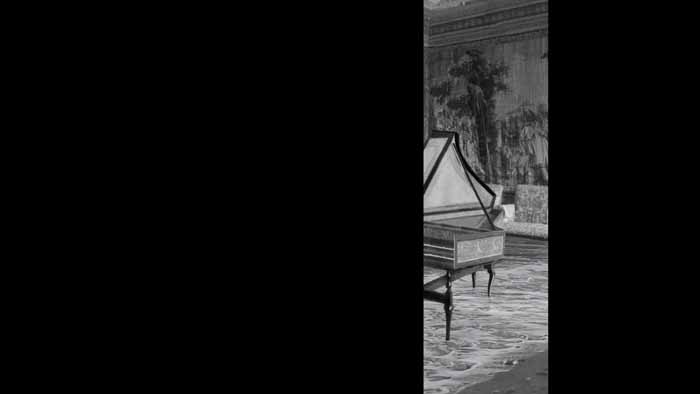 |
|
|
The Sea House
animation with sound 2014 |
|
|
23 May - 15 June 2014 |
|
|
Wild Interior, Suky Best’s solo show, features
a series of short looping films using animation and collages. While the
recent work concentrates on our ambiguous relationship to nature, the
newest work deals with more surreal worlds. Suky Best will introduce
Alfred Hitchcock's The Birds at the ICA on Tuesday 10 June,
6.30 pm. Text by Nicky Hamlyn Suky Best has a long-running fascination with the clash occasioned by encounters between well-groomed domestic interiors and nature run wild. In The Journey Home (1999) she ‘wanted to make an image as if the room was being menaced by vegetation…Trees might burst through windows to claim back their own.’ She is also inspired by specific buildings, as in Walking Meditation (2000) made in and for Cleeve Abbey, a thirteenth century Cistercian ruin in Somerset. A third concern is with the way the simplification of an image can disturb perception. This is achieved in the video series Wild West (2005), made in collaboration with Rory Hamilton, in which a group of cowboys on horses riding across a plain is reduced to a shimmering volatile bock of colour from which all other information has been removed. These various interests and strategies are evident in the animations shown here in Wild Interior, the latter most notably in An Observation of Flight (2010), in which a Peregrine Falcon’s movements, seen in silhouette, are tracked against a rotating latticework cage across and within which it flies. Reduced to a ragged white blur, the bird sometimes resembles a clutch of falling leaves or even paint dripping from a brush. The rotating grid pattern imposes a malleable three-dimensionality that clashes with the two dimensionality of the bird. Such clashes, or interplay, structure all the work seen here, which can be thought of as hybrid: time-based collages that combine non-temporal photo-reproduced elements, populated by cutout loops of footage of real birds, energized and animated by a virtual camera. Alwyn Park House (2011), is modeled on the form of the toy theatre, with its stack of printed cardboard flats that recede from the eye and between which figures can emerge and disappear. The house is a composite, constructed from stock photos of furniture and household effects found in stately home guides. Thus the objects represented in the film exist, but not in the configuration in which we see them here. The walls have been removed so that the remaining furniture comes to define the space it occupies as provisional. Doors have been made semi-transparent (and given thickened edges, since they are only paper-thin) in order to create a complex vista of succeeding spaces through which a virtual camera can fly. In At Betty’s House (2012)
the quantity of information is further reduced, so that an environment
somewhere between a room and its plan and elevation is realized. The
spaces are constructed from a combination of images of real and doll’s
houses. With the floors beneath carpets removed, they project assertively
into the void that separates it from the viewer, and throughout the
piece the removal of information, combined with the way we fey through
the spaces and between objects, generates multiple ambiguities and conflicts
of scale. For Best the work ‘refers to the interior spaces of computer
games and their first person point of view’, and although the piece
is structured loosely round alternating views of corridors and object
groupings, the whole is constructed as a continuous fly-through. The
work was partially inspired by Beatrix Potter’s wonderfully subversive
The Tale of Two Bad Mice, in which the eponymous characters
furiously smash up the food in a doll’s house into which they have trespassed,
when they find it to be made of Plaster of Paris. In At Betty’s House (2012) the quantity of information is further reduced, so that an environment somewhere between a room and its plan and elevation is realised. The spaces are constructed from a combination of images of real and doll’s houses. With the floor beneath carpets removed, the latter seems to take on mass, projecting assertively into the void that separates it from the viewer, and throughout the piece the removal of information, combined with the way we fly through the spaces and between objects, generates multiple ambiguities and conflicts of scale; after leaving a large room we encounter a set of coffee and tea pots, beyond which lies a group of lemons. The way these elements are disposed was inspired in part by the still lives of the seventeenth century Spanish painter Juan Sánchez de Cotán, whose invariably front or top-lit subjects: melons, cabbages, quinces, similarly hang in impenetrably dark spaces. As Betty’s pots are approached their cut-out nature becomes blatantly visible, followed by the lemons, which resolve into the matrices of their constituent colours: cyan, magenta, yellow. Thus we are shifted from one kind of seeing to another, one level of matter to another, from the image of a thing to its material constitution, in a single continuous sweep. Simultaneously our scale has shrunk from human sized to miniature as the lemons loom over us. There is perhaps a link back here to Best’s enthusiasm for cowboy iconography, in that the sensation evoked is reminiscent of the common scenario in Western movies where a group of riders passes a narrowing defile (just before the Indians attack). For Best the work ‘refers to the interior spaces of computer games and their first person point of view’, and although the piece is structured loosely round alternating views of corridors and object groupings, the whole is constructed as a continuous fly-through. The camera finds a path between all these contrasting elements, unifying everything it encounters into a sequence of surfaces to be negotiated. But this unifying process also generates the many anomalies of scale and texture that reveal the nature of the work’s construction. Here, perhaps, one might think of the way the inexperienced gamer finds himself bumping against the pixillated boundary wall of the game’s universe. But although gaming environments are often hostile and dangerous, they are never uncanny, as they are in Betty’s house, which the humans have abandoned, leaving an eerily empty scene reminiscent of that described in the story of the Mary Celeste Suky Best is an artist based in London. Working with animation, print and installation, she has exhibited nationally and internationally. Commissioned works include, Early Birds, an Animate Projects commission for Channel 4 in association with Arts Council England, recently included in Extinct at the Natural History Museum, London; About Running, a moving image commission for The Great North Run; Stone Voices, a permanent sculptural piece for the Devils Glen in Ireland; From the Archive, an animation for the main reception area of University College Hospital London; The Park in Winter, Arts Council England’s online Christmas card 2008 and Horses for Great Ormond Street Hospital. She was included in Assembly at Tate Britain, and has exhibited at the Baltic Gateshead and Art Now Lightbox at Tate Britain and has had solo exhibitions and publications, including The Return of the Native at Pump House Gallery London. In 2005 she completed a Wellcome Trust funded SCIART project, making animations for hospital outpatient areas. She was Fellow in Printmaking at the University of Wolverhampton (funded by the Henry Moore Foundation) 1998-2000, and has completed an MPhil research degree at the Royal College of Art London, investigating the relationships between birds and film. |
|
|
|
|
.jpg)
|
|
|
At Betty's House
2012 animation with sound 16:9 HD |
|

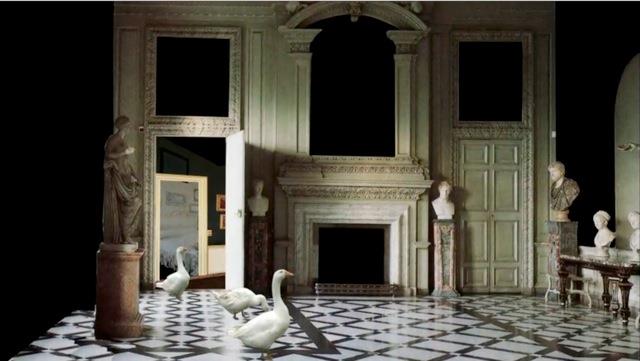 |
|
|
Alwyn Park House 2011 animation with sound 16:9 HD |
|
.jpg) |
|
|
Cottage Row (Wiltshire) 2014 painted jigsaw puzzle (500 pieces) 48 x 35 cm |
|
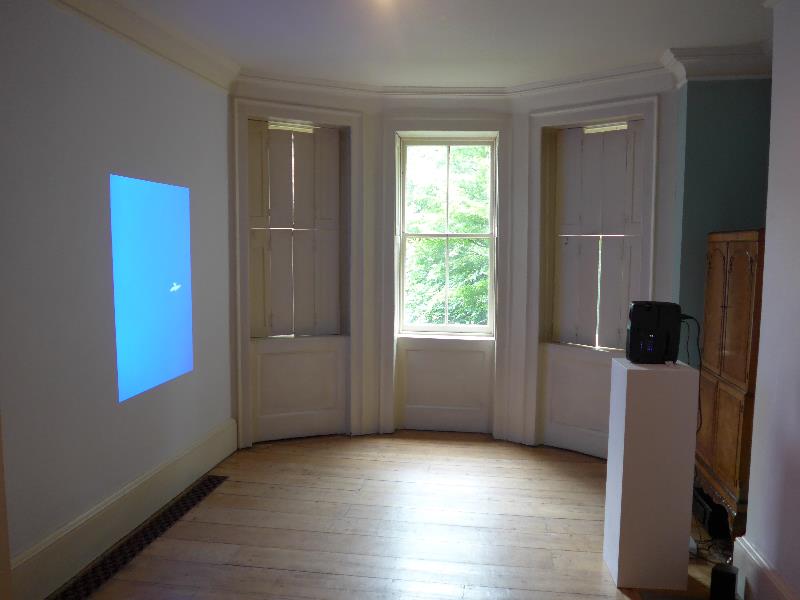 |
|
|
An Observation of Flight 2010 animation with sound installation view |
|
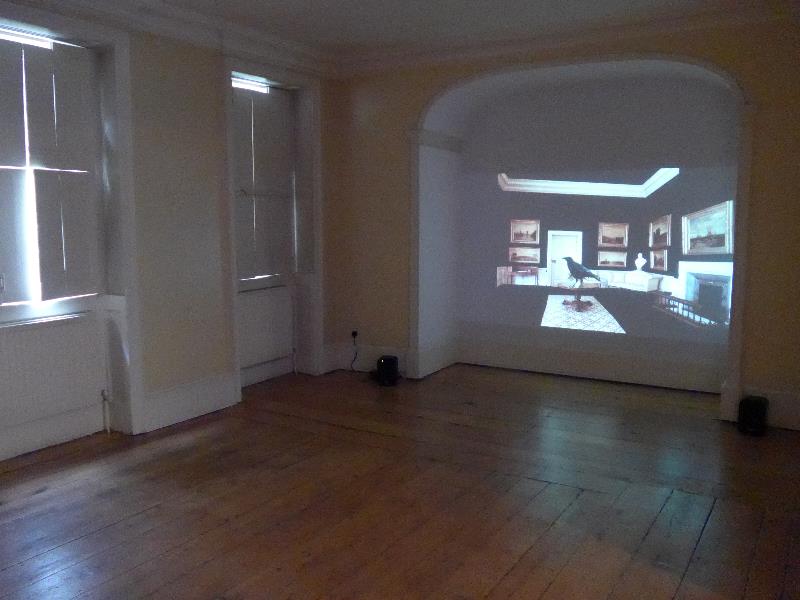 |
|
|
Alwyn Park House 2011 animation with sound installation view |
|
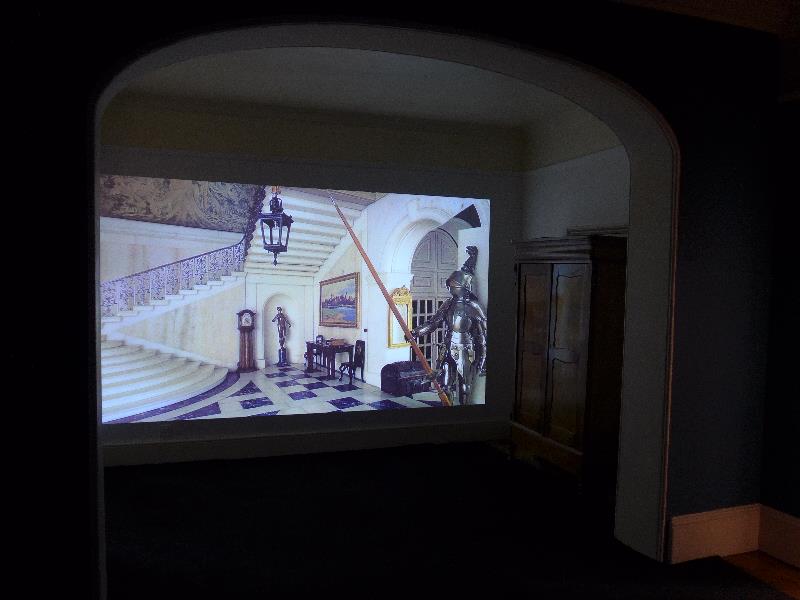 |
|
|
At Betty's House 2012 animation with sound installation view |
|
| >home | |